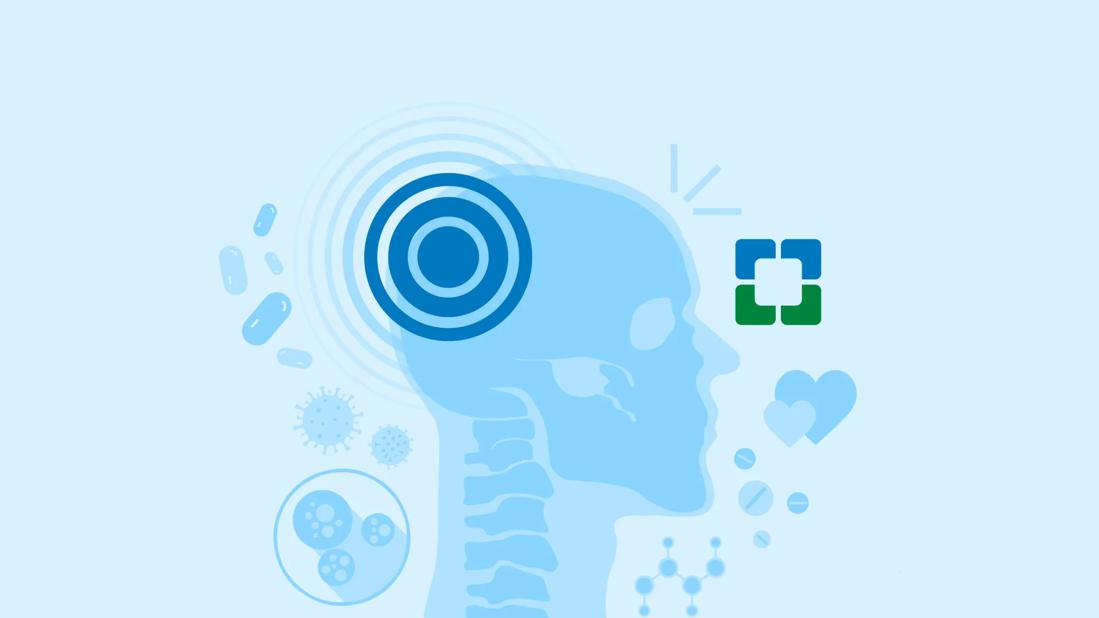Disclaimer: This article is based on my experience as someone with chronic depression who self-harms. It does not reflect the thoughts or opinions of anyone else. If you are or have considered self-harm, please talk to a medical professional.
Every time I go to my psychiatrist, I'm asked if I have self-harmed. I usually say yes. Sure, I'm depressed, but the reality is, millions of people face these questions every day.
According to The Recovery Village, about 17% of people worldwide will self-harm during their lifetime.
Here're three things you might not know about self-harm:
- Self-harm isn't only physical
- Self-harm doesn't (just) mean cutting
- People self-harm for a millions reasons
1) Self-harm isn't only physical
First off, what is self-harm, exactly? I like Mind.org's take on it:
Self-harm is when you hurt yourself as a way of dealing with very difficult feelings, painful memories or overwhelming situations and experiences.
Self-harm is not the same thing as attempting suicide. In fact, in the vast majority of cases, people who self-injure are not doing so with the intent to die. There's even a medical term for it: non-suicidal self-injury disorder (NSSI).
The most popular conception of self-harm is physical. Shiny cutting scars and big knives. It's even still standard for medical practitioners. During my psych appointments, I have to answer the same questions every time about my NSSI. When did you do it? Where? What method did you use?
But there's more to self-harm than physical injury. There's also emotional/mental self-harm or intentional self-destructive behaviors such as:
- Excessive alcohol or substance use
- Excessive exercise
- Fighting
- Unprotected sexual behaviors
- Dangerous driving
- Withdrawing from people and social situations
It can also include negative self-talk, restricting personal needs like food and sleep, and negative thought patterns, such as catastrophizing (assuming the worst-case scenario).
Is that 17% starting to make more sense now? And let's be honest, that's probably a pretty low estimate.
2) Self-harm doesn't (just) mean cutting
In popular culture, self-harm has the same shock value as a gory, low-budget horror film. But it's not all angsty goths cutting themselves in teen dramas.
Although cutting is the most common form of self-injury (45%), self-harm is a very broad set of behaviors and can manifest in a lot of different ways, such as:
- Scratching or burning
- Punching or hitting (yourself or other objects)
- Banging or hitting your head
- Self-poisoning (drinking bleach or other toxic chemicals)
- Pulling out hair or pinching
- Picking skin or picking scabs to prevent injuries from healing
- Starving or binge eating
Basically, anything you do to cause yourself pain or injury intentionally can be considered self-harm. Before my depression became a constant, chronic condition, I would often self-harm by digging my nails into my hands until I left deep marks.
Wouldn't exactly get me taken to the emergency room, but it was still a clear indication of my state of mind.
3) People self-harm for a million reasons
Our final misconception of the day is that people only self-harm when they're depressed. In reality, there are a million reasons someone might self-harm. Here are just a few:
- To feel something
- To avoid attempting suicide (remember, self-harm isn't technically suicidal!)
- To cope with any negative feelings
- To punish themselves or others
- To communicate that they need help
For me, self-harm is about being able to disrupt my suicidal thoughts and help me stay alive. Even though it's a pretty terrible coping mechanism, it can be an effective way to "ground" me in the real world.
And in fact, that's what a lot of NSSI comes down to: an unhealthy coping mechanism. Every case is unique and tied to individual issues, histories, and motives.
Self-harm has many faces
I don't leave permanent marks. I have no scars. I'm receiving treatment and am on medication. If you didn't know me personally or read my articles, you'd probably have no idea I self-harm on a regular basis.
But the fact is, self-harm is a complex condition. Like many medical conditions, it can present differently for different people and there are a myriad of reasons why people self-harm. It may be incredibly unhealthy, but sometimes, sometimes, it feels like the safer alternative.
Read About Self-Harm



More From Me
- Recently written: 10 signs of burnout and 4 lessons full-timers can learn from freelancers
- Learn more about me and my work
- Listen to the Bettermental Podcast
Keep up with all posts from The Chronic Worker by subscribing today!









